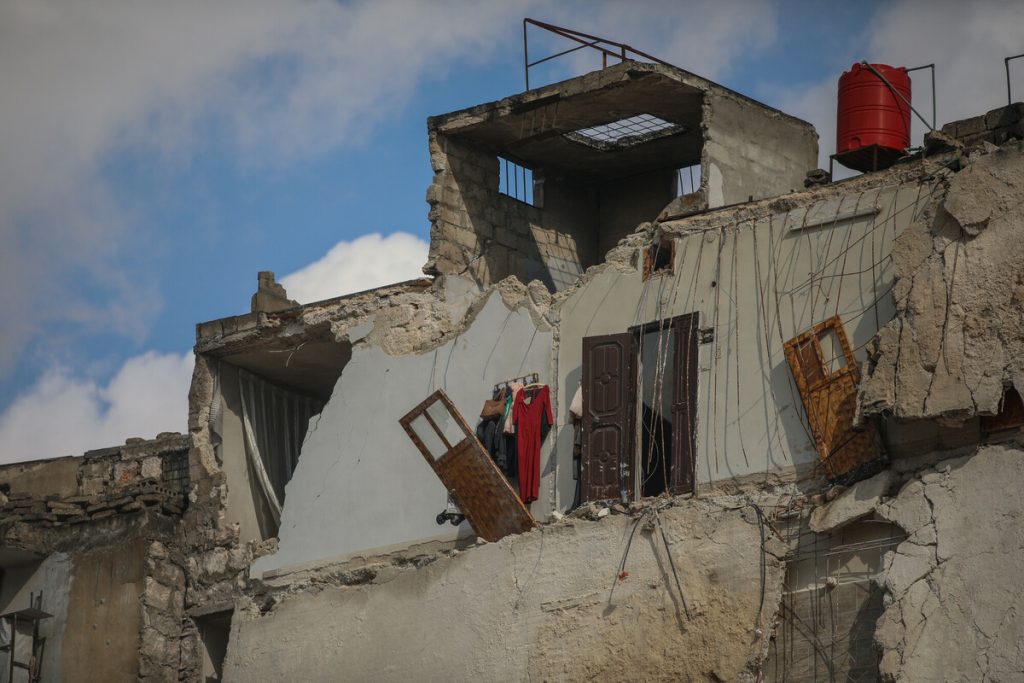What do the Uttrakhand floods tell us about India’s development model?
by Vanita Suneja
The recent flash floods in Uttrakhand have already claimed around 1000 lives and more than 3000 people are still missing. One of the worst calamities caused by an extreme weather event in the form of cloud burst and high intensity rains in the eco-fragile region has devastated millions of lives, and washed away a number of villages. Havoc in the Uttrakhand was inevitable. Scientists, local people and environmentalists have been shouting at the top of their voices for a Himalayan policy for development. But these voices were trampled in the cacophony of an unscientific construction boom (always presented as ‘development’).
The fragile construction of the hills themselves has given way in response to the assault of many decades. It is not that the hills or their people did not give warnings year after year. But in the saga of rising inequality unfolding in the region, these were the worst years for many who were bypassed by development, just as these were the best of times for the few to steer development to their advantage.
In the Alaknanda and Bhagirathi basins of Uttrakhand, 70 hydroelectric projects are under construction with a severe impact on more than 9000ha of forest land. A report of the Wildlife Institute of India (WII) recommended in 2012 that 24 such projects should be scrapped. The government ignored the report as well as the pleas of grass root movements, affected people, technical experts or even recommendations made by forest advisory committees. It gave environment clearances to these projects, brazenly flouting environment safeguards, let alone social safeguards for directly affected populations.
To aid construction of dams, developers built more and wider roads with frequent blasting, leaving cracks inside the young mountains. The tourism Industry also helped write the script for disaster. Spurts of roads were followed by mushrooming of hotels, sometimes putting multi-storey buildingsin pristine areas, on the river beds and on top of unstable slopes .
Now is the time to pause. This is not a debate between development and non-development. It is the choice for scientific development steered by local wisdom and for the benefit of the local population. It is also about the choice to say no to short-term development for the few that results in collateral damage for all in the long run.
Eco-fragile areas need roads, electricity, schools, hospitals and food, but not at the cost of irreversibly destroying their own foundations. But the question is, are we ready for scientific development in the hills or do we still want to test the patience of nature and people for more such disasters before we take the inevitable U–turn away from current development planning? And given the climate change hovering on the horizon, making such events more frequent, the clock is ticking.
So what kind of development model does the hills economy need? The kind of road required in a hilly terrain is different from the plains. The strength of the roots of trees holding the soil cannot be ignored by allowing deforestation on the road sides. The principle of least damage to geological features, natural gradients, water channels, springs and forests applies more strictly here than in plains, given the fragile geological conditions and the inter-connectivity of a system including natural water sources, forest, agriculture and the livelihoods of people.. The highest level of science and technology coupled with traditional wisdom is required for planning in the hilly states.
These states also deserve a quid pro quo in terms of getting additional funding from the national kitty, given that they have also committed extra resources by conserving more than half of their land mass under forest as a contribution to the nation as well to the world. Special treatment or financial assistance to the hilly states who are conserving forests for all of us should not be considered a hand-out or discretionary payment, but the right of these states.
Similarly the commitment and technology required for the public distribution system, health services or other schemes for hills need to be tailor-made for last mile delivery. Despite the rich diversified and organic vegetation base from agriculture and forests, a model of cottage industry based on these resources has eluded rural India, especially the hill as well as tribal economy, for years. The trend of migration from these areas in the absence of livelihood opportunities has its own toll on the hard-working women left behind. If the current development model is not reversed, the damage is going to be more severe and more frequent in years to come .
The road to development based on only the unscientific construction industry (be it in the name of energy, roads or tourism), leads to doom, as shown by the Uttrakhand floods. This is the time to take a pause and plan for real development in the hills.
Vanita Suneja is Oxfam India’s Economic Justice Lead.
This blog originally appeared at www.oxfamblogs.org/fp2p/?p=15097

